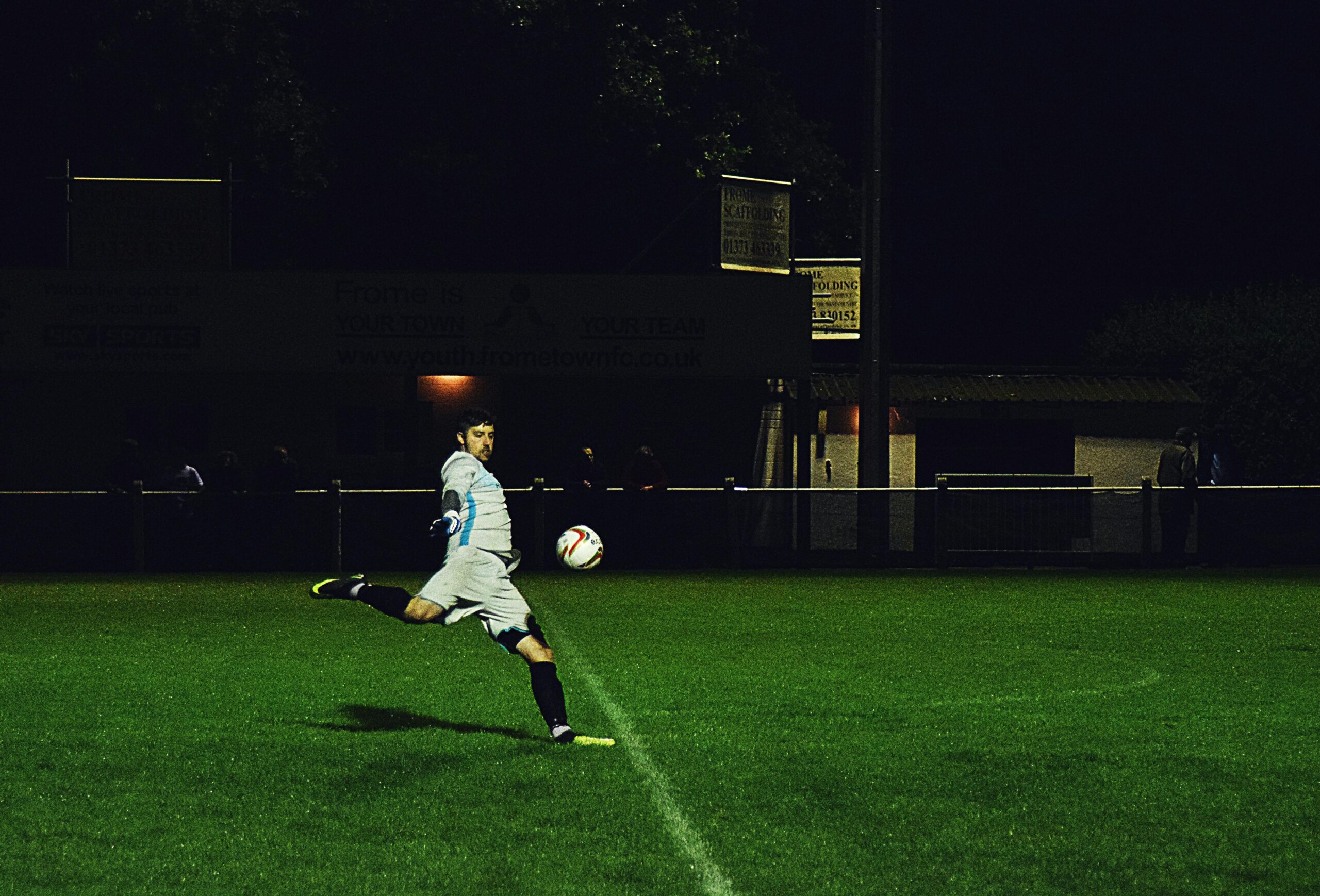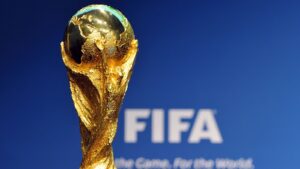15 Surprising Rules That Have Existed in Past World Cups
The World Cup isn’t just a showcase of skill—it’s also a reflection of football’s evolving rulebook. Over the decades, FIFA has implemented, tested, and sometimes scrapped rules that shaped how the game is played on its biggest stage. Some were logical innovations, others outright head-scratchers. Here are 15 surprising World Cup rules that have made their mark.
1. Golden Goal (1998–2002)
If a team scored in extra time, the match ended immediately. It added drama—but also controversy. France won Euro 2000 with this rule, though it was ditched after 2002.
2. Silver Goal (2002–2004)
An attempt to soften the golden goal’s harshness, the silver goal ended extra time only if one team led after the first 15 minutes. Rarely used and soon abandoned.
3. No Substitutes (Pre-1970)
For decades, teams couldn’t make any substitutions, even due to injury. Players had to tough it out or their teams played short—a far cry from today’s deep benches.
4. Goalkeeper Movement Ban (Before 1997)
Goalkeepers had to stay on the goal line for penalty kicks. They couldn’t move sideways or forward until the ball was struck—making saves far tougher.
5. Backpass Rule Didn’t Exist (Pre-1992)
Before this rule, defenders could safely pass to their keepers, who could pick it up. Time-wasting was rampant—particularly in the 1990 tournament, sparking the change.
6. Shirt Swaps Discouraged (1986)
FIFA once discouraged shirt swapping after matches due to “modesty” concerns. England’s Gary Lineker publicly defied it after a win over Poland.
7. No Yellow Cards in 1930–1970
Before the 1970 World Cup, referees didn’t use cards. Bookings were verbal and confusing—leading to miscommunication like the infamous 1966 red card that wasn’t shown.
8. Replays for Drawn Knockouts (Pre-1982)
If a knockout match ended in a draw, teams replayed the full match later rather than using penalties. Extra fatigue, delayed schedules, and confusion followed.
9. Points System Change (1994)
FIFA shifted from 2 points to 3 for a win starting in 1994 to encourage attacking play. It drastically changed group-stage strategies and tiebreakers.
10. Neutral Referee Policy
FIFA mandates that referees cannot be from the same country or confederation as the teams playing. This rule has caused officiating shortages in late-stage matches.
11. Mandatory Match Balls per Game (Since 2006)
Previously, only one ball was used per match unless lost. Now, multiple official match balls are pre-positioned around the pitch to speed up play.
12. Temporary Extra Player Rule (1954)
Teams could field a 12th player briefly during substitutions if miscommunication occurred—a short-lived rule that caused chaos and was quickly revoked.
13. Technical Area Enforcement (Since 1994)
Managers were first restricted to a technical area during the U.S. World Cup. Prior to that, coaches often roamed freely along the sidelines.
14. Jewelry Bans Strictly Enforced (2006)
In 2006, FIFA cracked down hard on players wearing necklaces, rings, or piercings. Several stars were forced to remove accessories mid-warm-up.
15. Draws Decided by Drawing Lots (1968–1990)
Before modern tiebreakers, teams level on points and goals could be separated by drawing lots—yes, literally picking names from a bowl.
Conclusion: Rules that Shaped the Game
These surprising World Cup rules reveal just how fluid the sport can be. Each regulation—no matter how short-lived—played a part in shaping how we experience the tournament today. Football continues to evolve, but its rich rulebook history remains endlessly fascinating.

